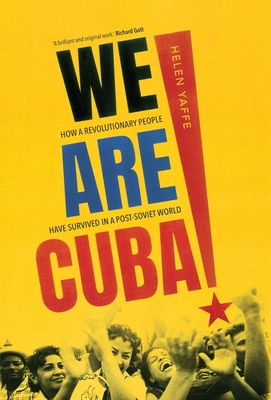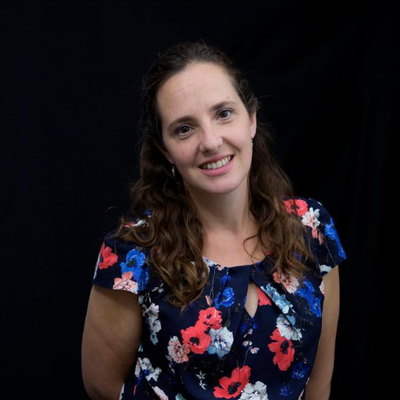
We Are Cuba!:How a Revolutionary People Have Survived in a Post-Soviet World
Book Summary
The six-decade-old socialist system has dominated most debates on Cuba. The glaring deficiencies of the socialist approach have widely been reported in the Western media but the revolution has also delivered notable gains and policy successes that are rarely recognized.
In We Are Cuba, author and educator Helen Yaffe offers a pathbreaking review of the deeply entrenched socialist system’s roots and Cuban leaders’ development goals and adaptability. In her well-researched book, Yaffee offers a comprehensive review of how revolutionary Cuba came to embrace a different economic system from the one that had been prevalent for at least two centuries, first under the Spanish colonialism and then under the U.S. occupations.
The 1959 revolution leaders viewed solidarity among poor people around the world to be the central defense against U.S. and European imperialism. Cuban revolutionaries believed that the global poverty and poor health are directly linked to the exploitative trade structures and policies of colonizers.
Spread over ten chapters, We Are Cuba offers a detailed view of how leaders of the island in the early 1960s confronted illiteracy, falling agriculture production, severe unemployment and divisive issue of land ownership. Along the way Yaffee explains in an easy-to-understand prose views of the socialist economists and how the planners tackled a shocking 75% unemployment rate, the country’s total dependence on trade with the U.S., lack of investments, and severe inequality.
Yaffee provides linkages to Cuban policy makers’ decisions with the ever-present U.S. blockade, challenges of acquiring technology, capital, and accessing foreign markets. The author also provides various insights into the shoe factories in Havana, farms across the fertile island, and the beautiful shores of Varadero, where tourists lounge.
Cuban bureaucrats and policy makers highlight the pressing challenges in the early 60s with the widespread tropical diseases, century old illiteracy, and lack of electricity and clean water across the nation. In the wake of the political changes, the Caribbean country successfully eradicated many of these diseases, raised literacy rates dramatically in less than a decade, and expanded electricity grid to over two-thirds of the island. The book goes on to explain how these policy makers strongly believe that Cuba’s socialist gains in human development, preventive healthcare access, as well as the eradication of malnutrition would have never been achieved under the capitalist or colonial systems.
Yaffee provides a blow-by-blow account on how Cuba came to rely on Soviet trade of crude oil, machinery, vehicles and other military assistance in exchange of sugar, nickel, and tobacco. With the collapse of Soviet Union, Cuba underwent a dramatic economic contraction of 35% in the early 90s only to bounce back with a strong partnership with Venezuela and later on with Brazil. Since then, Cuba has expanded its relationship with Canada, the European Union, and China.
In the last three decades, Cuba has not only evolved in its foreign relations but also diversified its international commodities trade to services with significant gains in healthcare services exports. Tourism has grown nearly 20-fold over the same period and is expected to remain a major foreign exchange earner. The country also attracts students from all over the world in the local medicine and healthcare faculties.
What is rarely understood, however, is that when counting together students in Cuba and under training in Venezuela, Cuba trains more doctors than the far wealthier and larger United States. At the same time, Cuba’s commitment to offer inexpensive medical services to poor nations around the world is unrivaled.
Cuba also provides significant medial and other service assistance to more than 45 nations in Africa and countries in Central America and the Caribbean region despite its weak economy and widespread poverty on the island.
The island’s policy makers stress the fact that Cuban doctors are providing medical care in more than fifty poor nations around the world at very cheap prices. Cubans are often seen serving in the deep jungles of Amazon or treating indigenous communities in Guatemala, Honduras and Bolivia, where no Western countries would contemplate serving without economic gains or religious conversions.
Yaffee courageously takes a direct aim with the prevalent myths and misinformation about Cuba including the widely held views about the extent of the Soviet aid, political isolation, effectiveness of the U.S. blockade, energy and food starvation, and medical advances. The author’s findings suggest that even at the height of the Soviet Union, Cuba received significantly less economic aid than reported in the Western media and less than the U.S. aid distributed to Latin America.
Yaffee takes readers on a fascinating journey of Cuba’s economic contradictions, policy challenges, political wilderness and gives a first-person view of the Cuban leaders’ resolve in charting an independent path and preserving the nation’s right of self-determination.
